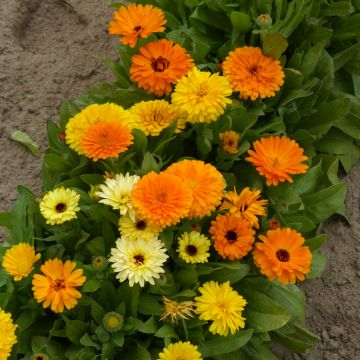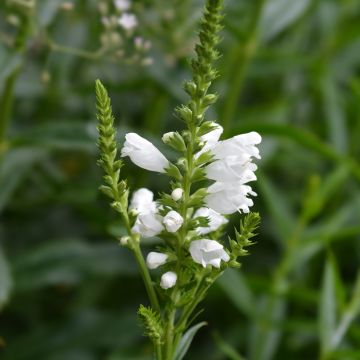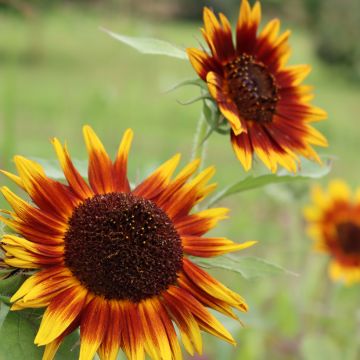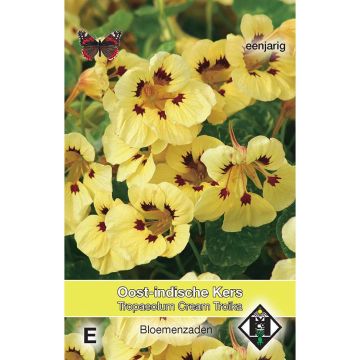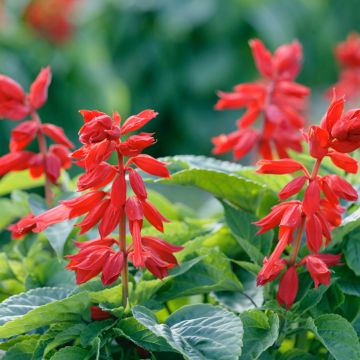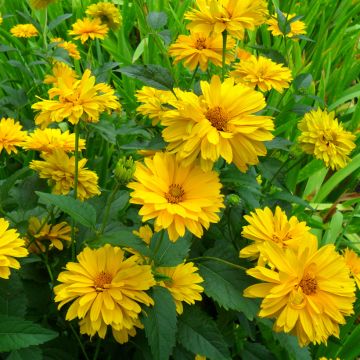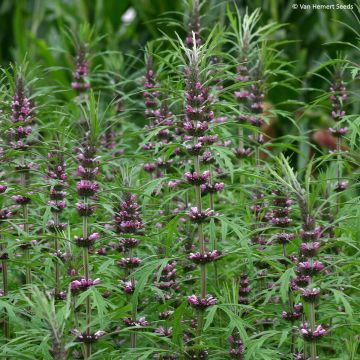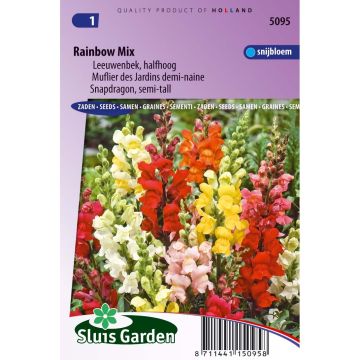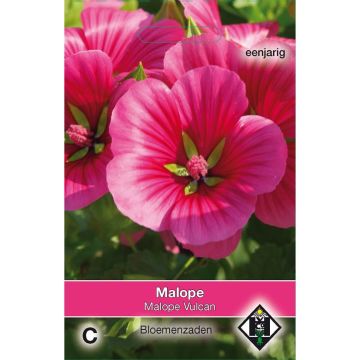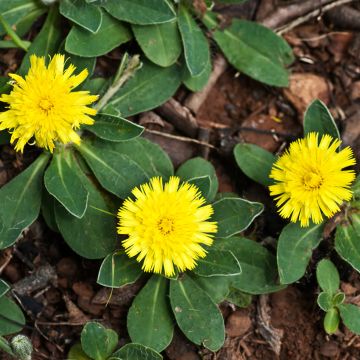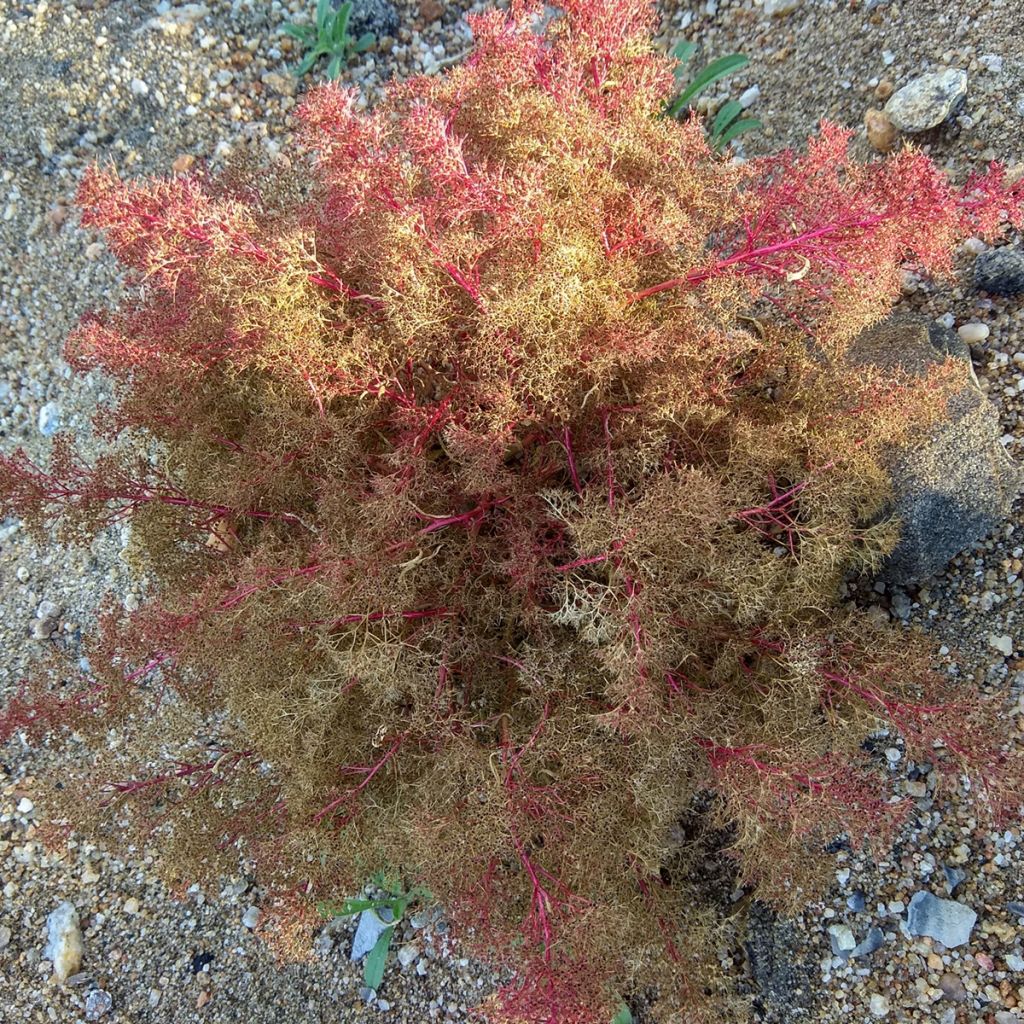

Teloxys aristata Seeds - Seafoam
Teloxys aristata Seeds - Seafoam
Dysphania aristata Seafoam
Seafoam
This item cannot be shipped to the selected country
Dispatch by letter from €3.90
More information
Schedule delivery date,
and select date in basket
This plant carries a 6 months recovery warranty
More information
We guarantee the quality of our plants for a full growing cycle, and will replace at our expense any plant that fails to recover under normal climatic and planting conditions.
Seed-only orders are dispatched by sealed envelope. The delivery charge for seed-only orders is €3.90.
Does this plant fit my garden?
Set up your Plantfit profile →
Description
Teloxys aristata 'Seafoam', also known as Sea Foam or Zeechium, is an annual plant known as a miniature tree. It is particularly used by model makers and architects who use its dried vegetation, coloured or not, to mimic trees. Florists and lovers of floral compositions also use it for the architectural design of its cloudy foliage, green to reddish foliage. Expensive to buy, sea foam is nevertheless easy to sow and cultivate. No reason to go wothout!
Teloxys aristata 'Seafoam' (recently renamed Dysphania aristata) is an annual plant of the Chenopodiaceae family. The wild species is native to temperate Asia and has naturalised elsewhere, particularly in the northern United States and southern Europe. In nature, it grows in fallow land and among crops, up to 500 m altitude. 'Seafoam' seems to be a more colourful selection than the species.
Dysphania aristata 'Seafoam' is a plant that germinates in spring, develops its vegetation throughout the summer, blooms in August-September, bears seeds, and then dies in winter. It is a hairy plant with an irregular habit that measures 25 cm tall by 30-35 cm wide. Its stems are intensely branched, bearing small lanceolate or lanceolate-oblong leaves measuring 2.8 to 3.4 cm long by 0.1 to 0.3 cm wide. The entire vegetation (stems and leaves) of this Teloxis changes from spring green to summer bronze green, ending in shades of pink and red. The plant blooms in late summer. It has tiny flowers with 5 sepals, 2-3 mm in diameter, grouped in axillary spikes or terminal clusters. After pollination, round achenes form. It is possible to collect them to sow the following spring.
Very easy to grow, Teloxys aristata 'Seafoam' is sown outdoors in April-May, in open ground or in pots. One can also enhance summer flower beds with this curious moss-like plant. The young plants resemble "weeds", then they form a kind of more or less reddish cloud resembling a very airy moss. The plants are harvested from August by cutting them at the base. This plant can be used fresh or dried, natural or dyed.
Report an error about the product description
Flowering
Foliage
Plant habit
Botanical data
Dysphania
aristata
Seafoam
Chenopodiaceae
Seafoam
Chenopodium aristatum, C. minimum, C. tibeticum, Teloxys aristata
West Asia
Other Flower seeds
Planting and care
Sow in April-May, directly in open ground or in trays, boxes and pots. The seeds germinate at 20 °C. Sow thinly and cover the seeds with a thin layer of seed compost. Water regularly to maintain some moisture, especially during dry periods. You can also sow in pots or containers filled with moist seed compost, covering the seeds with a very fine pinch of compost or vermiculite. Keep the sowing between 20 and 25 °C. Light promotes germination. Keep the surface of the compost moist, but not waterlogged. Transplant the young plants into 7.5 cm pots or containers. Plant outside once all risk of frost has passed. Place them in the sun, in a light soil, free from weeds.
Sowing period
Intended location
This item has not been reviewed yet - be the first to leave a review about it.
Haven't found what you were looking for?
Hardiness is the lowest winter temperature a plant can endure without suffering serious damage or even dying. However, hardiness is affected by location (a sheltered area, such as a patio), protection (winter cover) and soil type (hardiness is improved by well-drained soil).

Photo Sharing Terms & Conditions
In order to encourage gardeners to interact and share their experiences, Promesse de fleurs offers various media enabling content to be uploaded onto its Site - in particular via the ‘Photo sharing’ module.
The User agrees to refrain from:
- Posting any content that is illegal, prejudicial, insulting, racist, inciteful to hatred, revisionist, contrary to public decency, that infringes on privacy or on the privacy rights of third parties, in particular the publicity rights of persons and goods, intellectual property rights, or the right to privacy.
- Submitting content on behalf of a third party;
- Impersonate the identity of a third party and/or publish any personal information about a third party;
In general, the User undertakes to refrain from any unethical behaviour.
All Content (in particular text, comments, files, images, photos, videos, creative works, etc.), which may be subject to property or intellectual property rights, image or other private rights, shall remain the property of the User, subject to the limited rights granted by the terms of the licence granted by Promesse de fleurs as stated below. Users are at liberty to publish or not to publish such Content on the Site, notably via the ‘Photo Sharing’ facility, and accept that this Content shall be made public and freely accessible, notably on the Internet.
Users further acknowledge, undertake to have ,and guarantee that they hold all necessary rights and permissions to publish such material on the Site, in particular with regard to the legislation in force pertaining to any privacy, property, intellectual property, image, or contractual rights, or rights of any other nature. By publishing such Content on the Site, Users acknowledge accepting full liability as publishers of the Content within the meaning of the law, and grant Promesse de fleurs, free of charge, an inclusive, worldwide licence for the said Content for the entire duration of its publication, including all reproduction, representation, up/downloading, displaying, performing, transmission, and storage rights.
Users also grant permission for their name to be linked to the Content and accept that this link may not always be made available.
By engaging in posting material, Users consent to their Content becoming automatically accessible on the Internet, in particular on other sites and/or blogs and/or web pages of the Promesse de fleurs site, including in particular social pages and the Promesse de fleurs catalogue.
Users may secure the removal of entrusted content free of charge by issuing a simple request via our contact form.
The flowering period indicated on our website applies to countries and regions located in USDA zone 8 (France, the United Kingdom, Ireland, the Netherlands, etc.)
It will vary according to where you live:
- In zones 9 to 10 (Italy, Spain, Greece, etc.), flowering will occur about 2 to 4 weeks earlier.
- In zones 6 to 7 (Germany, Poland, Slovenia, and lower mountainous regions), flowering will be delayed by 2 to 3 weeks.
- In zone 5 (Central Europe, Scandinavia), blooming will be delayed by 3 to 5 weeks.
In temperate climates, pruning of spring-flowering shrubs (forsythia, spireas, etc.) should be done just after flowering.
Pruning of summer-flowering shrubs (Indian Lilac, Perovskia, etc.) can be done in winter or spring.
In cold regions as well as with frost-sensitive plants, avoid pruning too early when severe frosts may still occur.
The planting period indicated on our website applies to countries and regions located in USDA zone 8 (France, United Kingdom, Ireland, Netherlands).
It will vary according to where you live:
- In Mediterranean zones (Marseille, Madrid, Milan, etc.), autumn and winter are the best planting periods.
- In continental zones (Strasbourg, Munich, Vienna, etc.), delay planting by 2 to 3 weeks in spring and bring it forward by 2 to 4 weeks in autumn.
- In mountainous regions (the Alps, Pyrenees, Carpathians, etc.), it is best to plant in late spring (May-June) or late summer (August-September).
The harvesting period indicated on our website applies to countries and regions in USDA zone 8 (France, England, Ireland, the Netherlands).
In colder areas (Scandinavia, Poland, Austria...) fruit and vegetable harvests are likely to be delayed by 3-4 weeks.
In warmer areas (Italy, Spain, Greece, etc.), harvesting will probably take place earlier, depending on weather conditions.
The sowing periods indicated on our website apply to countries and regions within USDA Zone 8 (France, UK, Ireland, Netherlands).
In colder areas (Scandinavia, Poland, Austria...), delay any outdoor sowing by 3-4 weeks, or sow under glass.
In warmer climes (Italy, Spain, Greece, etc.), bring outdoor sowing forward by a few weeks.

































